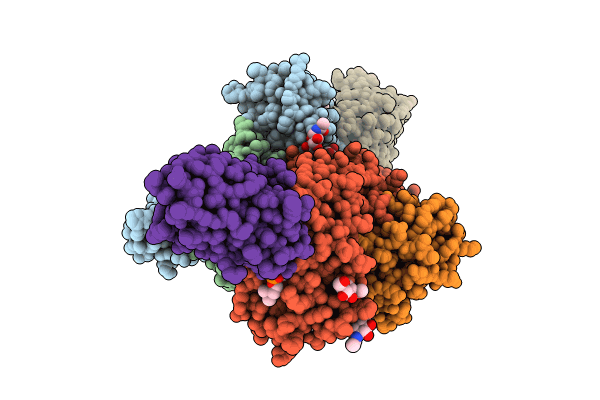
Deposition Date
2023-04-29
Release Date
2023-12-13
Last Version Date
2024-10-30
Entry Detail
PDB ID:
8SOS
Keywords:
Title:
Human CD1d presenting sphingomyelin C24:1 in complex with VHH nanobody 1D17
Biological Source:
Source Organism:
Homo sapiens (Taxon ID: 9606)
Lama glama (Taxon ID: 9844)
Lama glama (Taxon ID: 9844)
Host Organism:
Method Details:
Experimental Method:
Resolution:
2.33 Å
R-Value Free:
0.22
R-Value Work:
0.20
R-Value Observed:
0.21
Space Group:
P 32 2 1


